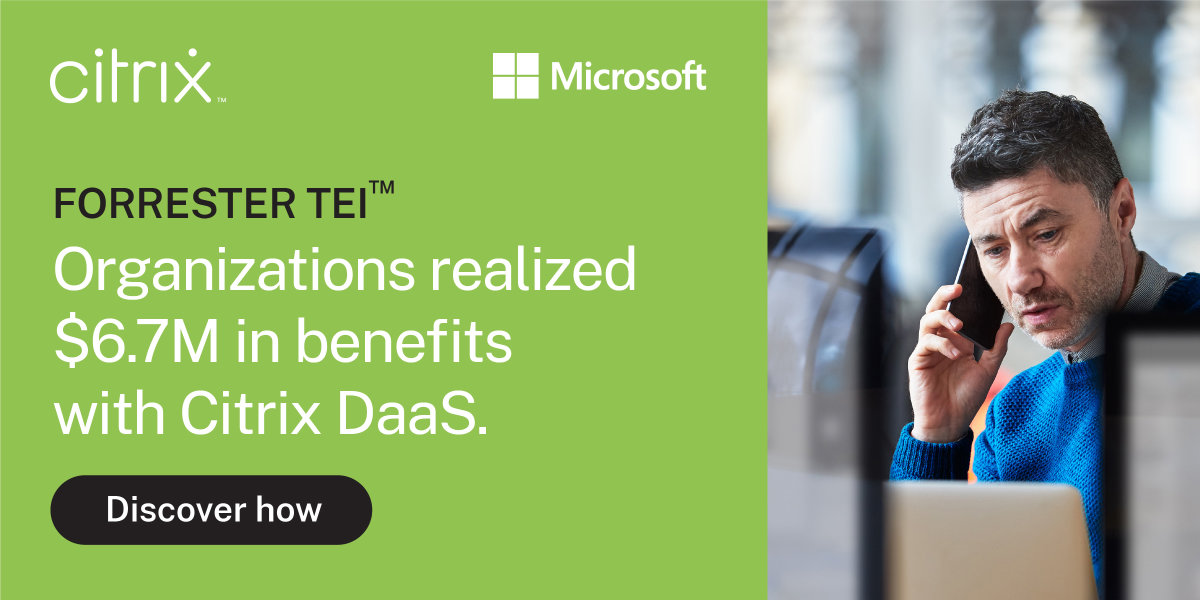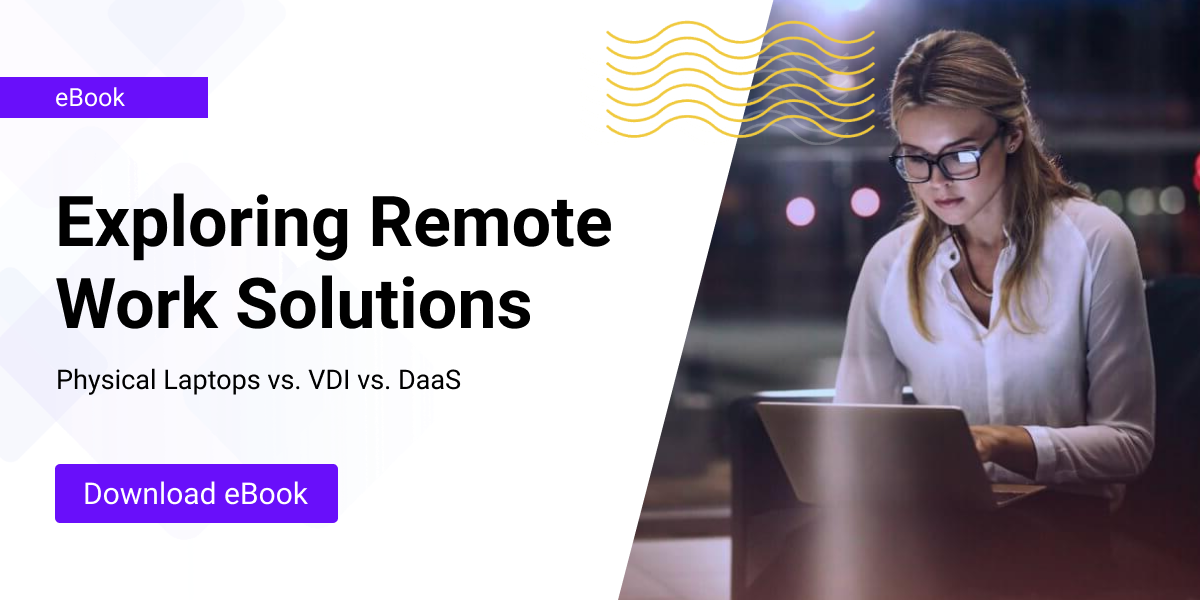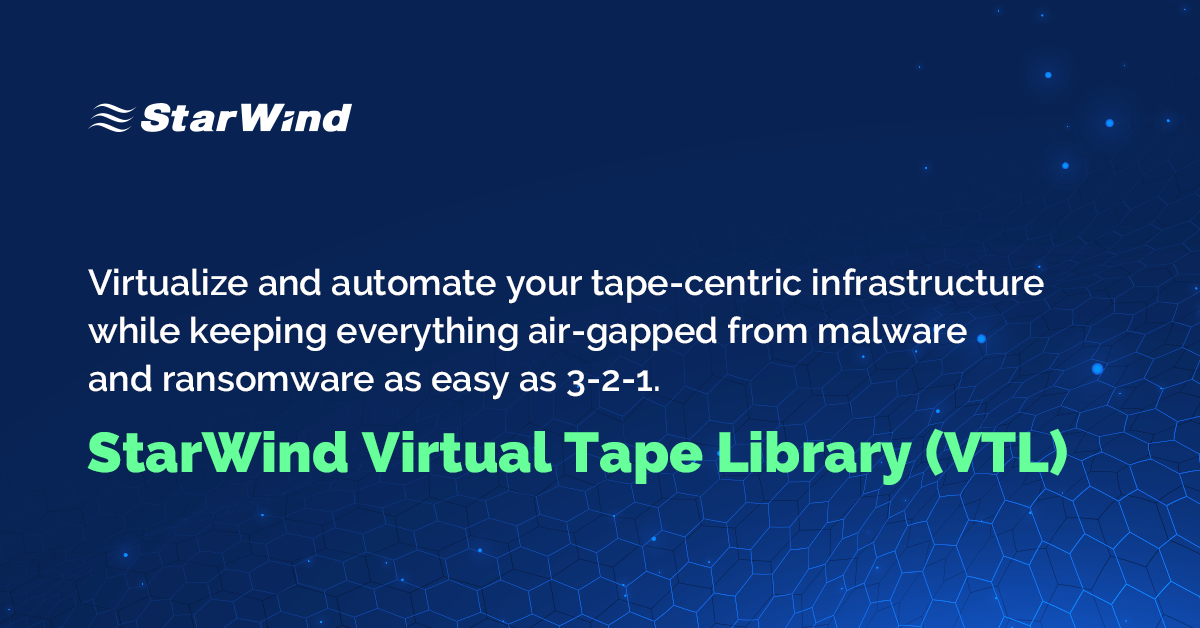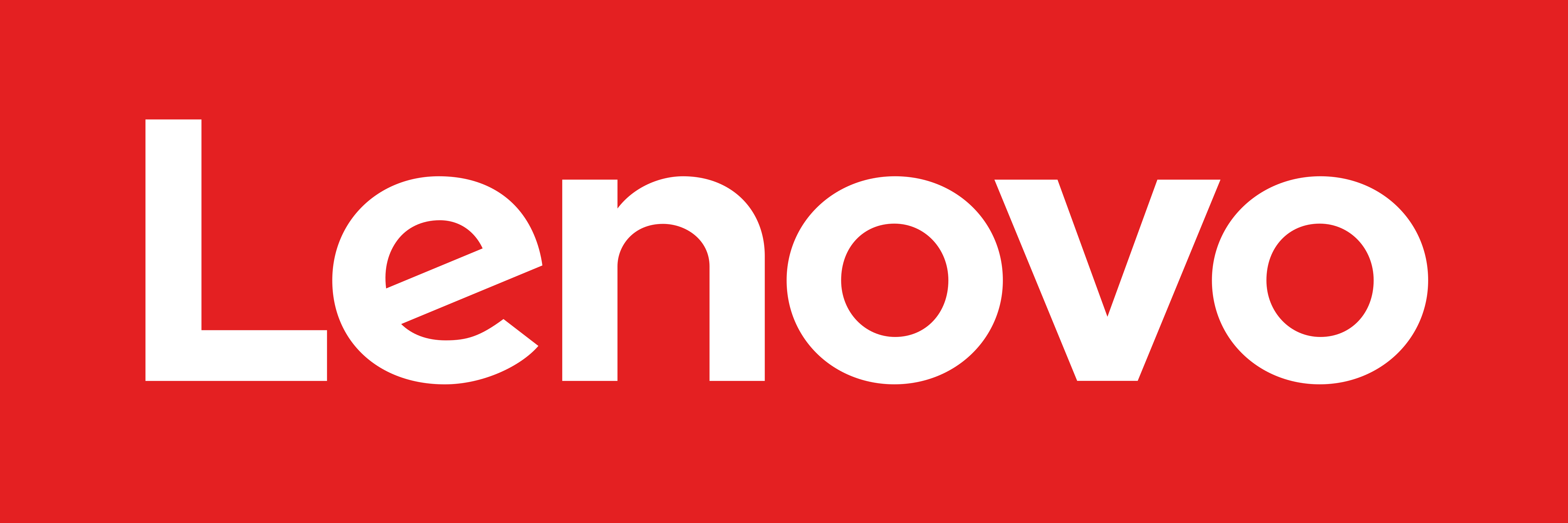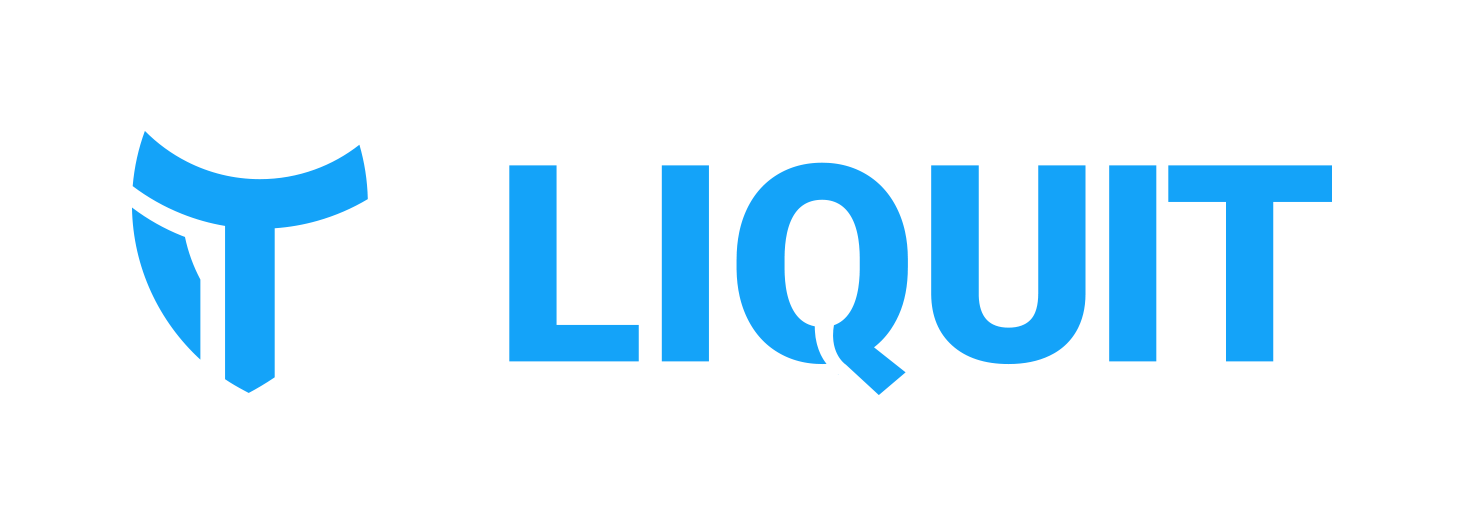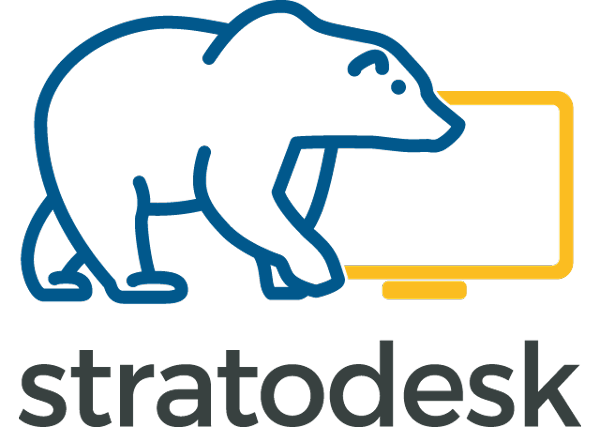VMblog: Provide a little backgrounder information on the company. What does your company look like in 2021?
Don Clemmer: Parallels® was founded in 1999, and in 2018 it was acquired by Corel Corporation, a software company that was founded in the mid-1980s. At Parallels, we create virtualization solutions for businesses that enable their IT teams to manage their infrastructure more efficiently and help end users be more productive. In 2021, we're a rapidly growing arm of Corel that is expanding our product offerings to support more devices and OSes as the demand for remote work and a more mobile workforces continues to increase as a result of the pandemic and the increase in cloud-based technologies.
VMblog: We're here today to talk about End User Computing. How does your company define it and look at it?
Clemmer: End user computing refers to the technology that allows IT teams to deploy, manage and access devices, applications and data. One type of technology that enables end user computing is virtual desktop infrastructure (VDI). Our VDI and remote application solution, Parallels Remote Application Server (RAS), enables users to work remotely from anywhere, on any device, at any time.
The advancement of technology in the EUC space in recent years has made it much easier for companies of all sizes and types to enable remote work in a secure, centrally managed way. However, several large companies dominate the EUC space. As these companies have added features and absorbed multiple acquisitions, the cost and complexity of their solutions has increased dramatically over the past several years. SMB organizations-and even smaller enterprise businesses-have found those changes increasingly difficult to deal with.
Our approach is: don't try to be everything, for everyone. Parallels RAS was designed to provide a feature-rich solution with an attractive licensing model that's easy to deploy and administer. It addresses those two big hurdles that prevent a lot of companies from investing in VDI or remote application solutions: cost and complexity.
VMblog: What are some of the benefits of EUC that people should be aware of?
Clemmer: Its ability to enable remote access to desktops and applications on any device, anywhere, anytime allows any device to essentially be transformed into a workstation. Employees don't have to be tied to their physical office desk to get work done, which allows companies to accomplish so much more because they can hire geographically dispersed teams; their talent pool is much larger. You and your colleague who lives on the other side of the world can access and collaborate within the same application, at the same time, using different OSes and devices-it's pretty remarkable.
VMblog: What are the current end user computing trends your company is seeing in the market?
Clemmer: The increase in wider DaaS adoption, the increased variety of end user devices that are being used (e.g., mobile devices and thin clients) and perhaps most obviously, the explosion of remote work across companies of nearly all sizes and types as a result of the pandemic.
VMblog: How has the 2020 Pandemic affected the EUC industry?
Clemmer: The pandemic pushed the EUC industry directly into the spotlight. Companies facing lockdowns literally had no choice but to figure out a way to get employees up and running working from home, or else business operations would cease. As a result, many companies invested in EUC and VDI solutions and technology for the first time.
Company leaders are now realizing the benefits of this technology, as well as how well prepared they were (or in many cases, weren't), to handle a shift to working remotely. Now they're taking steps to reevaluate their tech stacks and infrastructure and determine if it can enable long-term remote work so they don't take another "pandemic hit" if future disruptions arise.
VMblog: What do you feel should be some of the priorities for EUC moving forward?
Clemmer: The first is accepting that remote work is here to stay. Perhaps not 100% for everybody, but at a minimum, most office workers will probably not be in the office every single day like they were pre-pandemic.
As a result of the pandemic, virtually every company now has some sort of remote working solution capability in place, but what they've implemented in a panic might not be the best solution long-term. Now that we have a little breathing space, it's a good time to re-evaluate what was hastily put in place and ask if the cost and complexity of your existing solution is sustainable over the long haul. If not, now is the ideal time to see what else is out there.
VMblog: We're always saying "this is the year of VDI." Is this the year? Have we finally reached that point? Or is VDI dead, is it evolving, or is it in decline in response to other competing technologies?
Clemmer: VDI's definitely not dead, but I always kind of chuckle when I hear the phrase that "this is the year of VDI." I was actually involved with VDI in its earliest days, and the whole idea behind it was to create a way to reach additional users who couldn't fit into the existing remote computing models-it was never intended to replace those methods. VDI should definitely be in most companies' IT toolbox, but even today, delivering remote applications and desktops via solutions built on top of Microsoft Remote Desktop Services (RDS) is often the more efficient option.
Now cloud-based computing is superseding both VDI and RDS technologies, but it will be a long time before all existing mission-critical applications-including many ERP and EMR apps-transition to a fully SaaS model.
For example, one of the fastest-growing segments of our business at Parallels consists of ISVs who produce large, complex ERP-type applications. The cost, time, and quite frankly, the risk of re-writing these apps to make them cloud-enabled is prohibitive. Instead, companies use Parallels RAS and its web front-end as a cost-effective way to quickly cloud-enable these applications and transform their business from being only "sellers of software" to also becoming SaaS providers themselves.
Long story short, there's a lot of life left in traditional solutions like VDI.
VMblog: Traditionally, end user computing has been dominated by on-premises solutions. How has the cloud reshaped EUC?
Clemmer: Well, obviously there are cloud-based computing apps, such as Salesforce.com, and cloud-based storage-both of which have been leveraged by IT organizations everywhere for some time. But even more traditional end-user computing environments are utilizing the cloud now, whereas they might have been skeptical before.
This is because during the global pandemic, companies were forced to adapt to a remote work environment almost overnight, and many didn't have the on-premises infrastructure capacity to do so. The only choice they had to rapidly meet this demand was to utilize the cloud. Now that they've gotten their feet wet, so to speak, the cloud doesn't seem so scary for those that were initially slower adopters.
Going forward, organizations with fairly stable workloads and existing datacenters will usually find that the long-term costs of the cloud will be more expensive than incrementally expanding their on-premises infrastructure. However, cloud computing will remain part of their strategy if for no other reason than to be able to handle unforeseen events and disruptions.
We've also seen many of our hosting provider partners adopt a 100% cloud model because the recurring costs of the cloud fits into their monthly billing cycles much more easily than acquiring and then gradually paying off an on-premises datacenter.
Finally, many smaller organizations-often without dedicated IT teams-are finding that the low acquisition costs of moving to the cloud now puts more solutions within their grasp. They still might need some consulting help, but that's much easier than trying to host the whole thing in a closet all by yourself.
VMblog: Where does your company and product lines fit within the EUC space?
Clemmer: In addition to our Parallels RAS remote application and desktop delivery solution, our Parallels Desktop for Mac and Parallels Desktop for Chrome OS products allow you to run Windows (and other OSes) on those platforms. They're extremely popular for companies that prefer non-Windows workstations, but just have that one (or more!) Windows apps that they can't move away from.
The overarching theme across all Parallels products is that our customers can deploy the end-user platform that best works for them, without being forced to use a specific one simply because of an app or two.
VMblog: What specific problems are being solved by your solutions?
Clemmer: The biggest problems Parallels RAS solves include the cost and complexity of deploying, configuring and setting employees up on a remote application and desktop delivery solution, the learning curve many of these solutions require (both for IT teams and end users) and the complexity of the product and licensing models that many similar solutions have, which makes it hard for businesses to know what version they need. Parallels RAS is a simple, intuitive, all-in-one remote work solution that provides full out of the box functionality in a single license model.
VMblog: How are you different from your competitors? Why would someone prefer your offerings to those provided by others in the industry?
Clemmer: Parallels RAS is far simpler to deploy, manage and use, and it's much more affordable than similar remote app and desktop solutions on the market. Our customers prefer us to competitors because Parallels RAS allows them to be up and running in hours rather than weeks or days, it provides an exceptional experience on mobile devices, it's easy for end users to use and IT teams to manage, it can be quickly scaled up or down based on business need and it competes on a feature-by-feature basis with competitors while offering a much lower price tag and total cost of ownership (TCO).
VMblog: How does Parallels RAS help companies create secure remote work environments?
Clemmer: First, it can keep data off end-user devices, which means if a device is lost or stolen, there's no sensitive data to worry about. Beyond that, Parallels RAS offers a variety of features to provide enhanced data security, including advanced remote access control to enforce policies by user, SAML SSO authentication, multifactor authentication, granular client policies and monitoring and reporting and of course network traffic encryption. Companies can rest assured that their data is protected no matter what device or network an employee is using to access it.
VMblog: What makes Parallels RAS unique compared to other VDI solutions on the market?
Clemmer: Parallels RAS is far simpler to deploy, manage and use, and it's much more affordable than similar remote app and desktop solutions on the market. As an all-inclusive solution, there are no additional costs, either-even support and upgrades are included. Our customers prefer us to other VDI competitors because Parallels RAS allows them to be up and running in hours rather than weeks or days, it's a solution that is easy for end users to use and IT teams to manage, it provides remote access via any device and OS, it can be quickly scaled up or down based on business need and it competes on a feature-by-feature basis with top competitors while offering a much lower price tag and total cost of ownership (TCO).
VMblog: What does the future of end user computing look like?
Clemmer: I think we'll continue to see a high level of remote work across all businesses, which will require investments in EUC technology and solutions. I see a big opportunity for smaller companies to take on a larger chunk of market share by seizing on this demand and developing solutions that are more flexible, affordable and simpler to deploy and manage.
Parallels RAS is one example: we enable companies to create fully remote workspaces for any number of users, from 15 to 10,000, without the complexity that other VDI solutions often come with. I see a lot of smaller companies investing heavily in cloud computing technology to compete with the big guys like AWS and Azure, and I think we'll continue to see more of this.
VMblog: And finally, how do you see end user computing evolving in a post-pandemic world?
Clemmer: I think we'll continue to see a high level of remote work across all businesses, which will require investments in EUC technology and solutions. I see a big opportunity for smaller companies to take on a larger chunk of market share by seizing on this demand and developing solutions that are more flexible, affordable and simpler to deploy and manage.
Parallels Remote Application Server (RAS) is one example: we enable companies to create fully remote workspaces for any number of users, from fewer than 20 all the way up to 10,000, without the complexity that other virtual desktop infrastructure (VDI) or remote app solutions often come with. Many organizations that believe implementing a VDI or remote app solution is beyond their budget or IT capabilities will find Parallels RAS a pleasant surprise. I also see a lot of smaller companies investing heavily in cloud computing technology to compete with the big guys like AWS and Azure, and I think we'll continue to see more of this.
